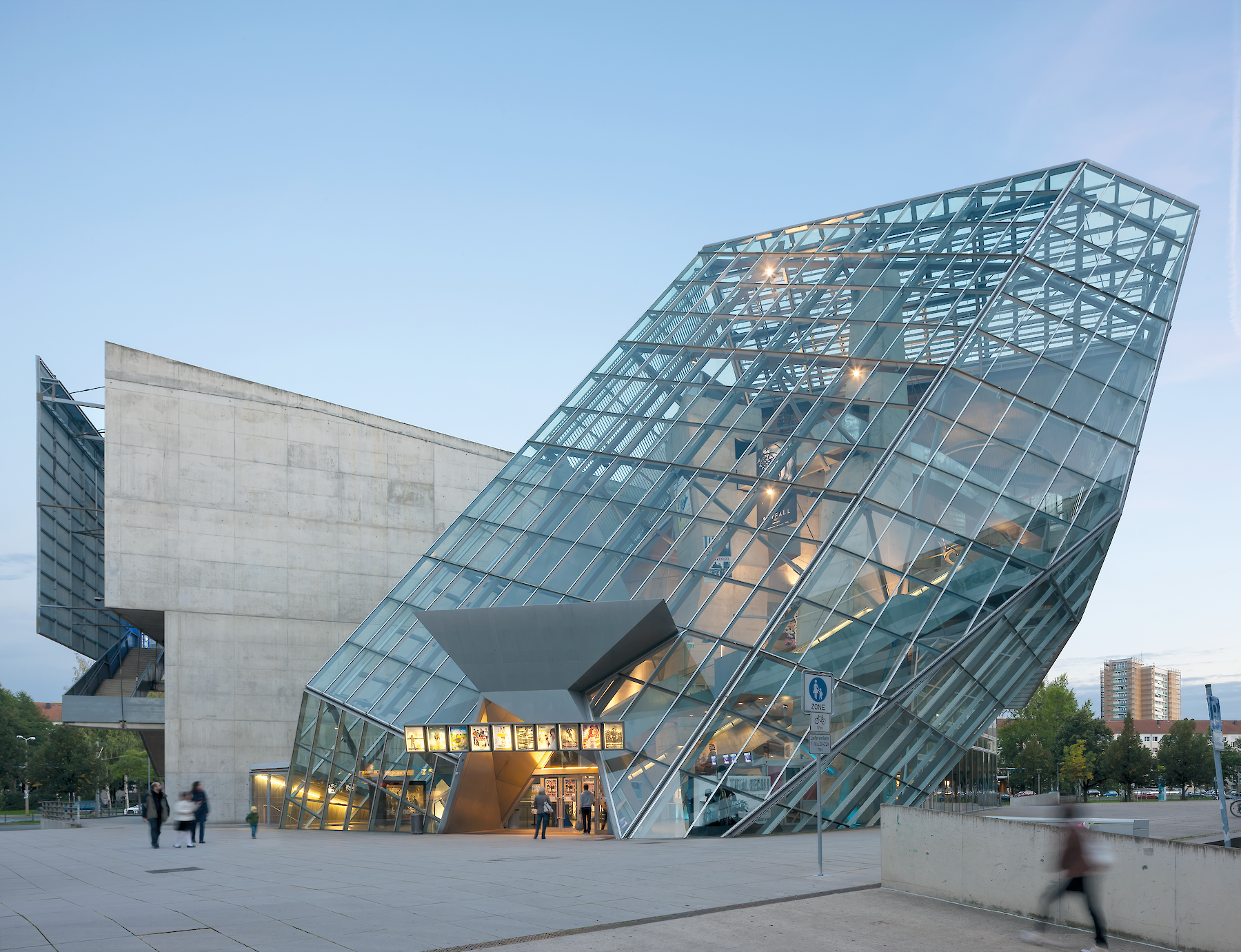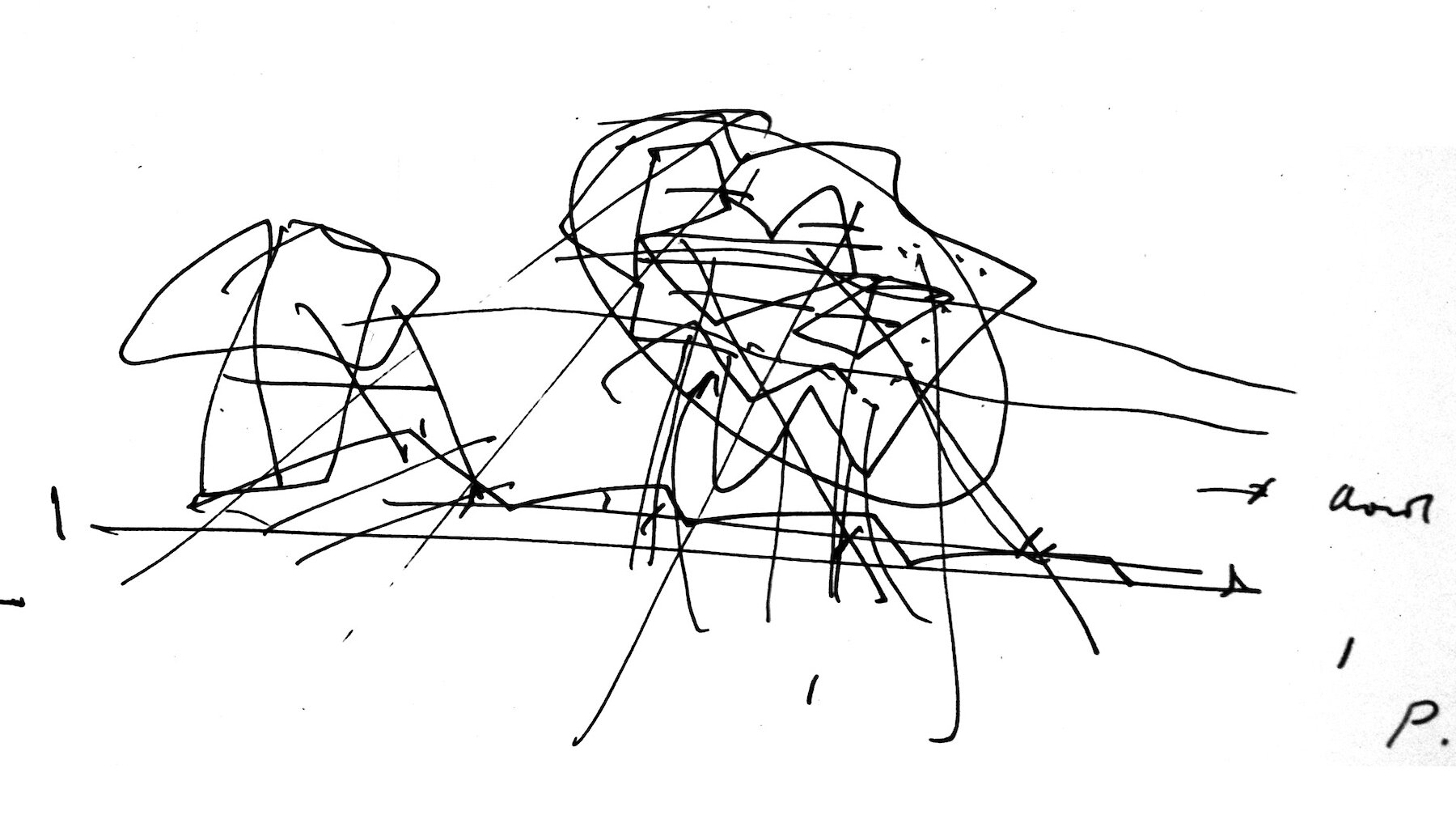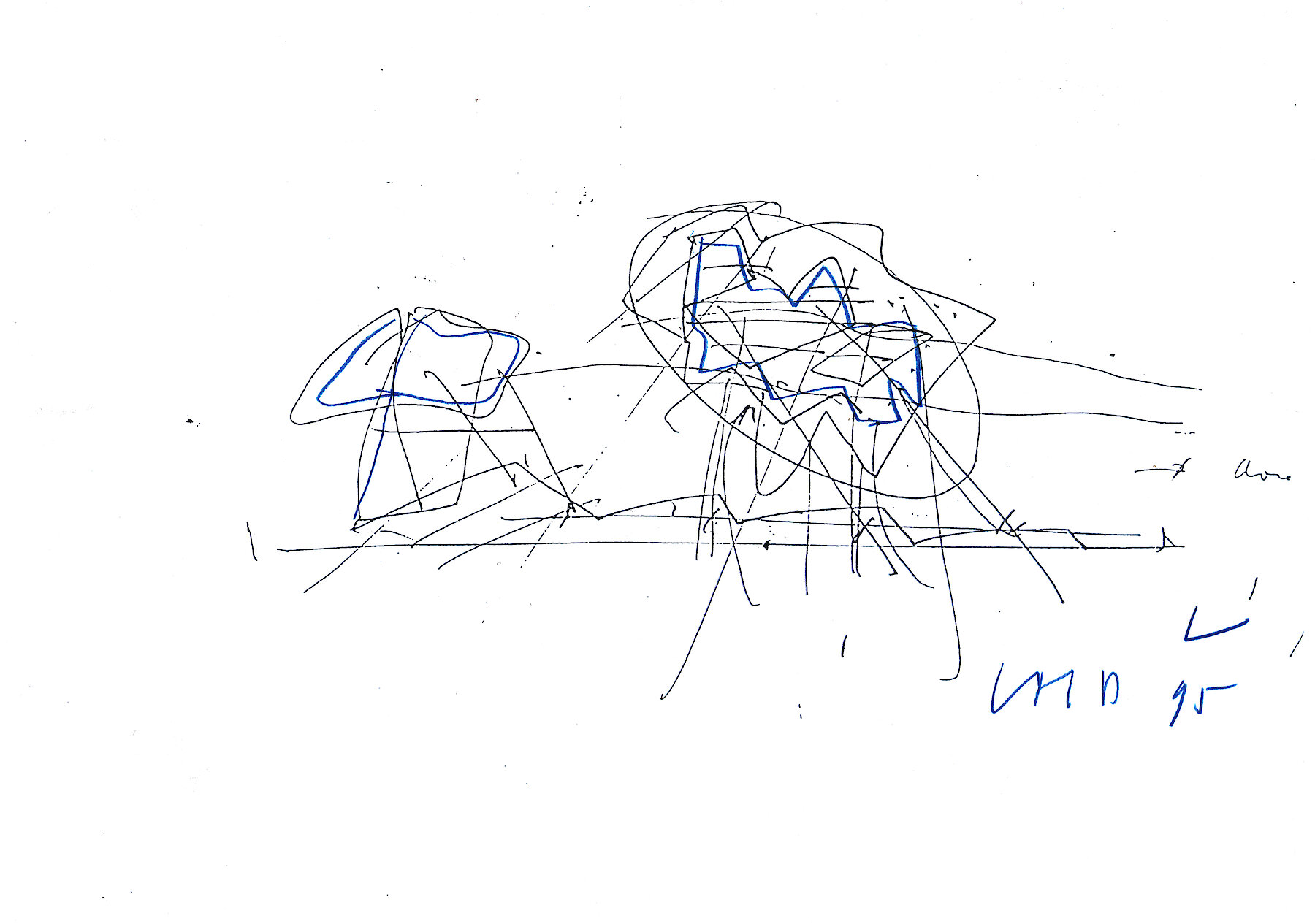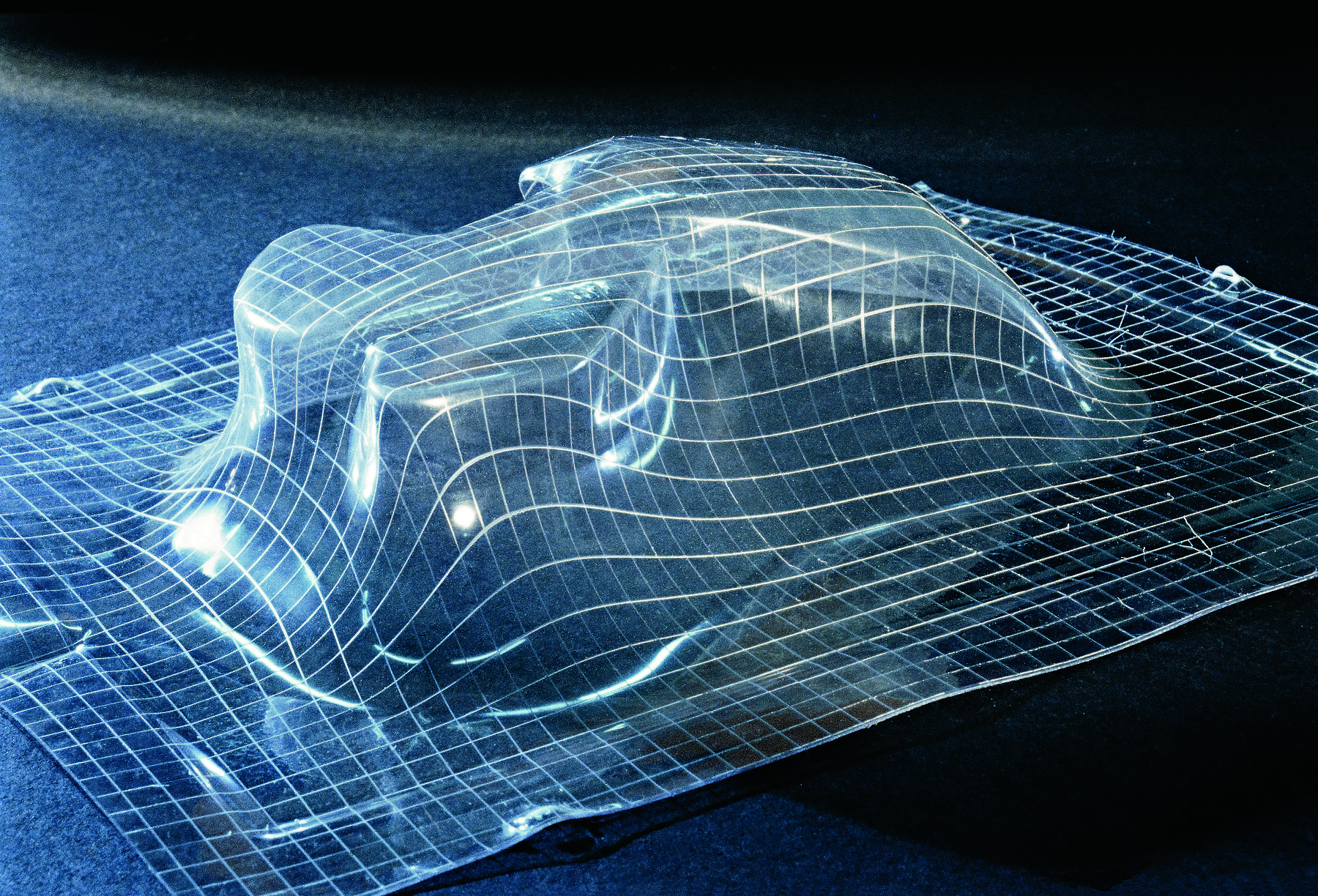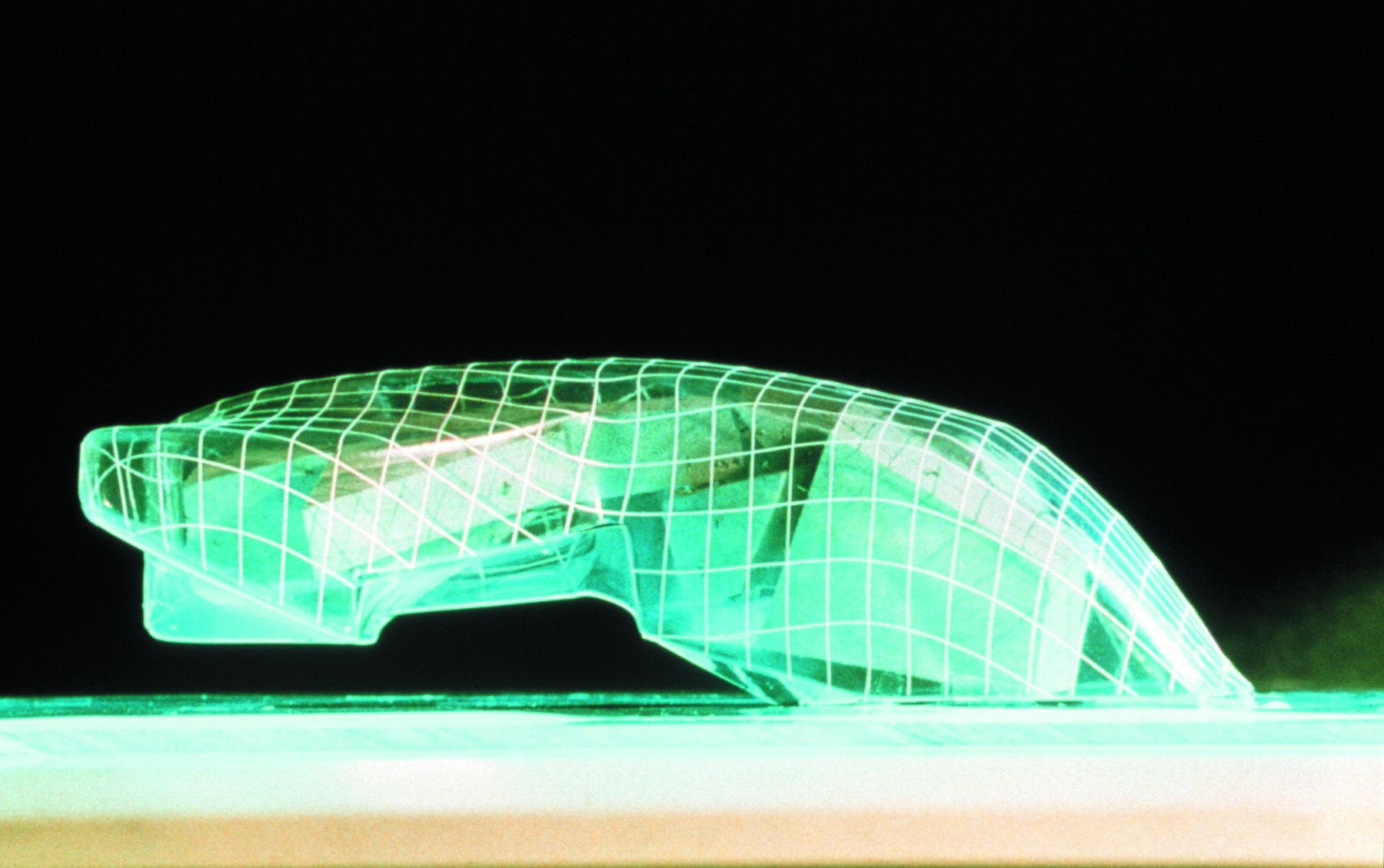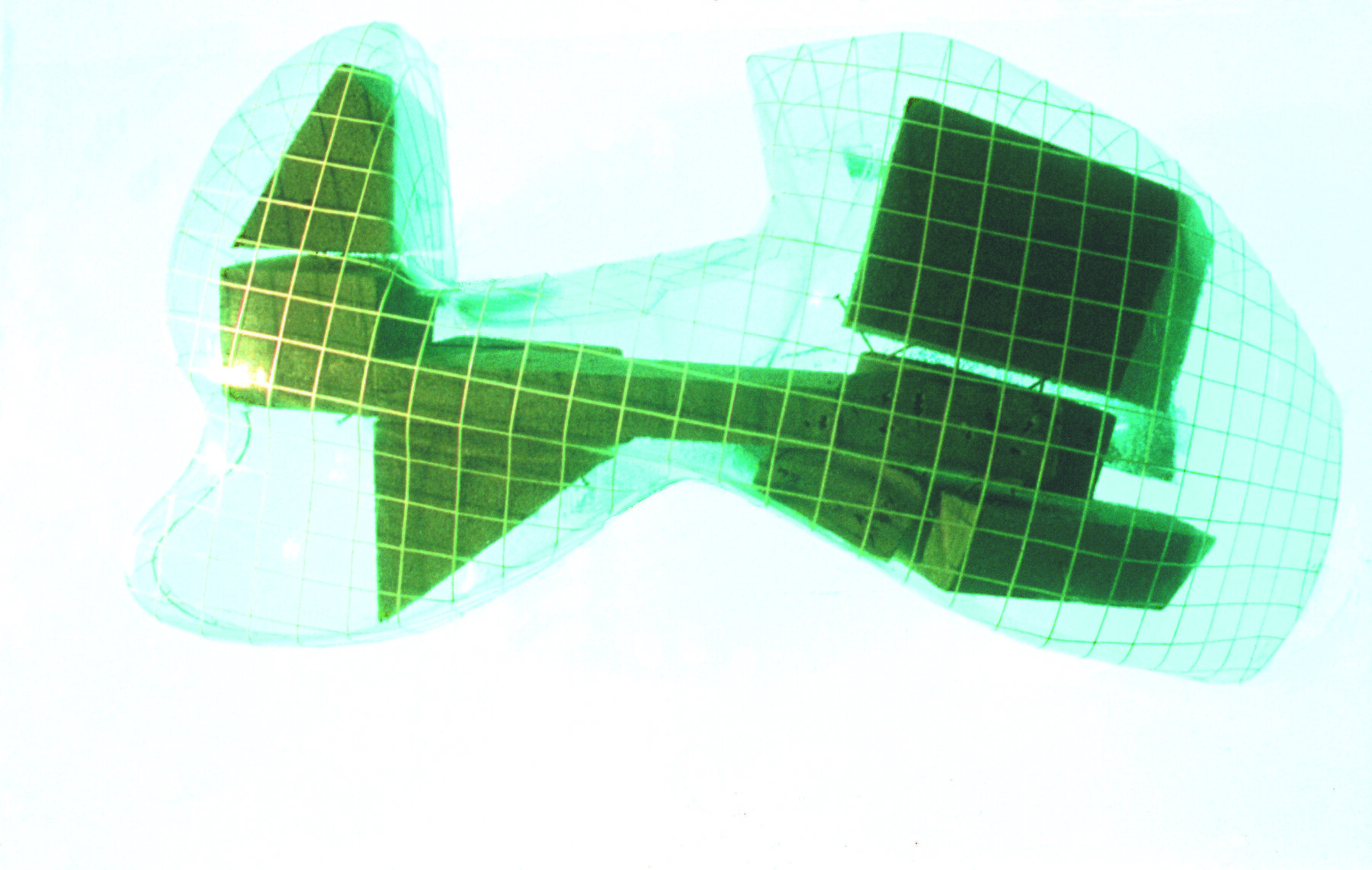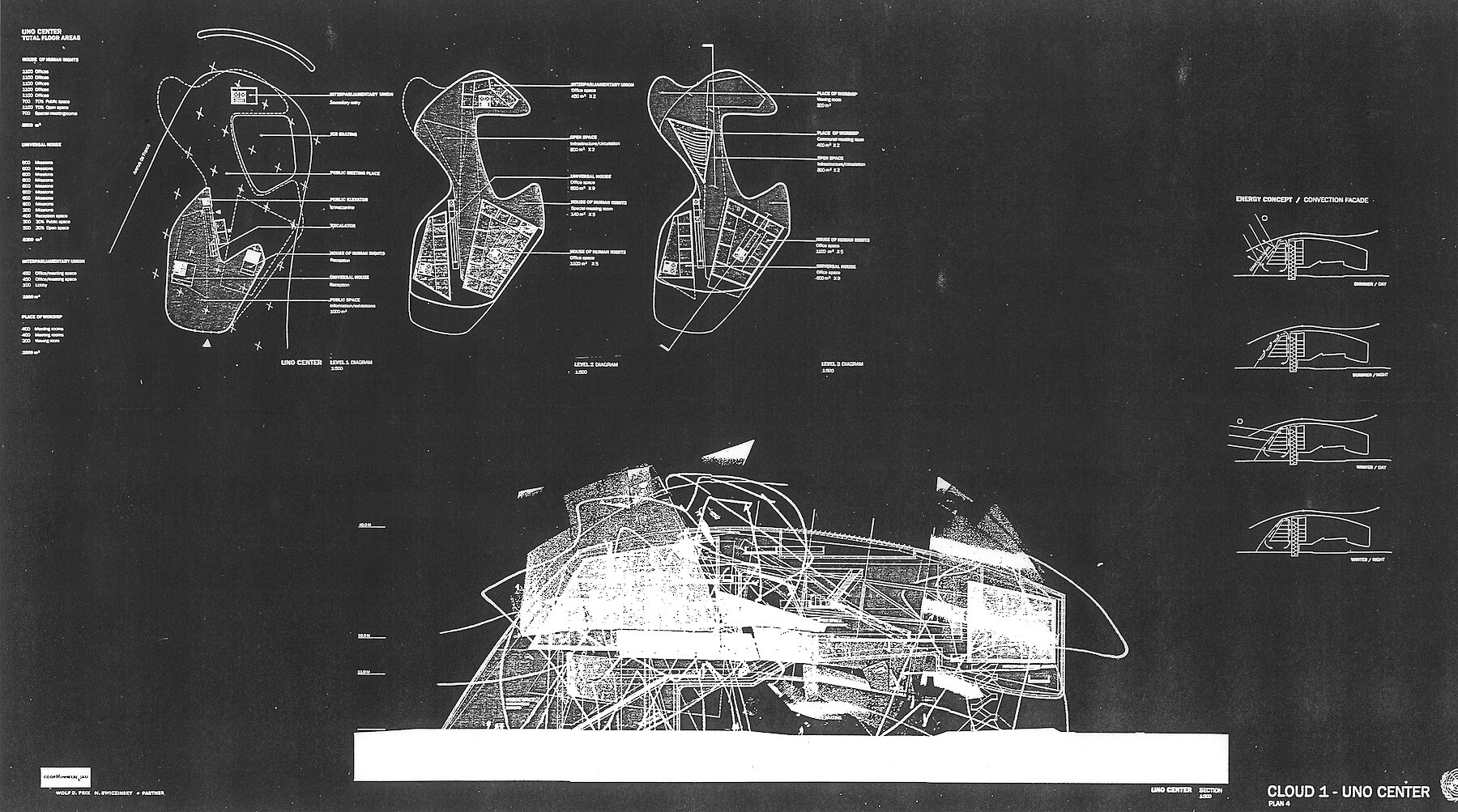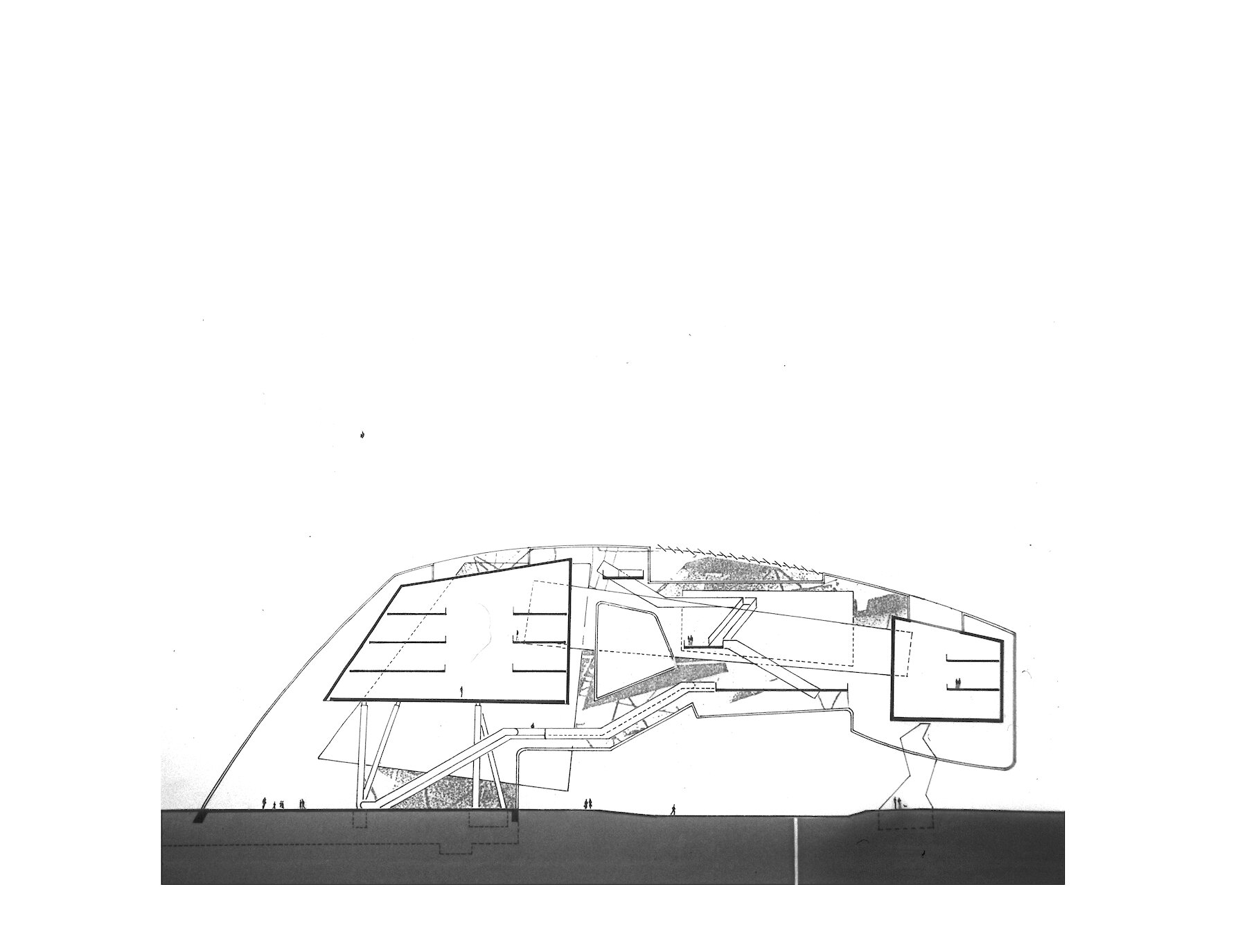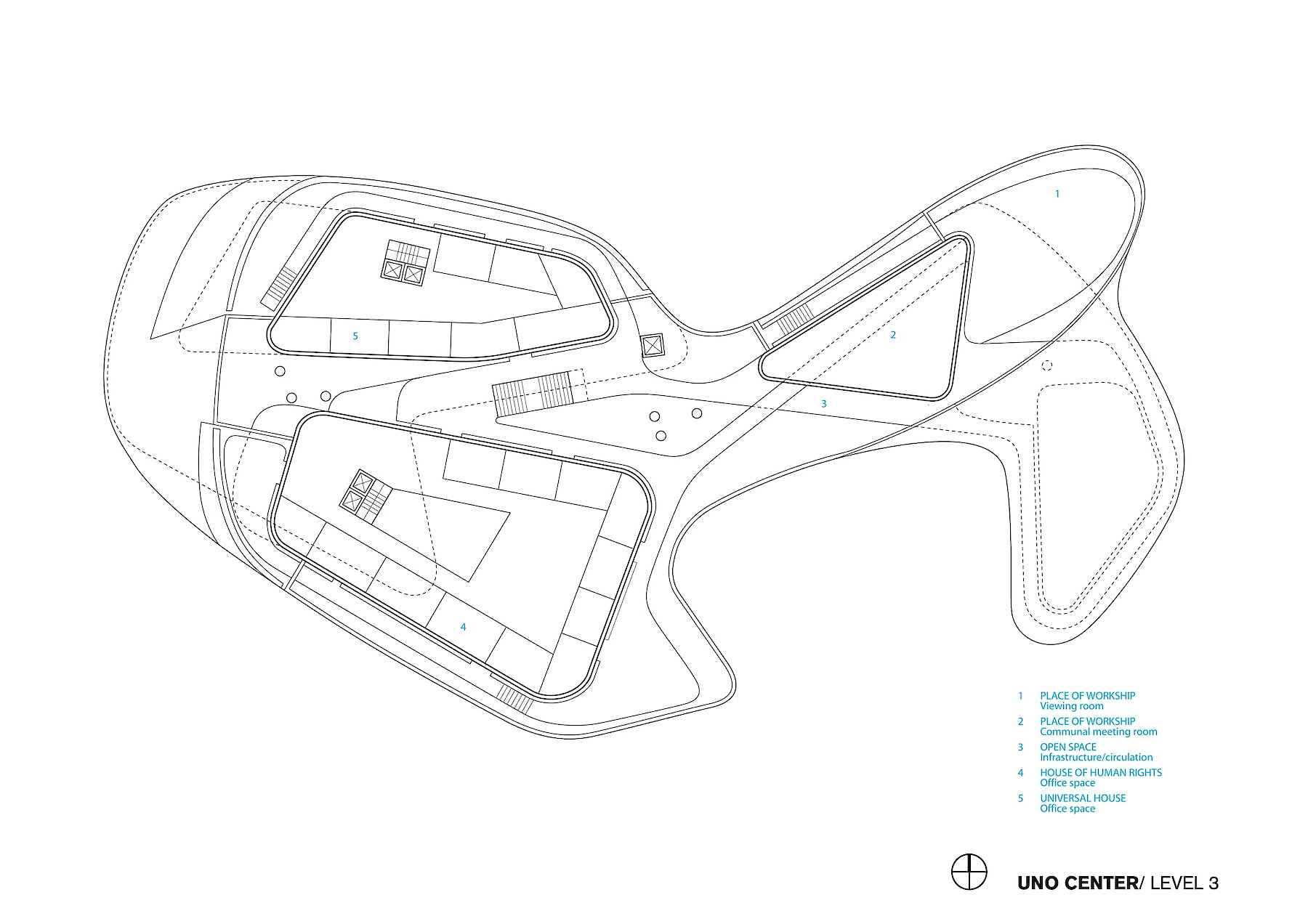Cloud #9 UNO
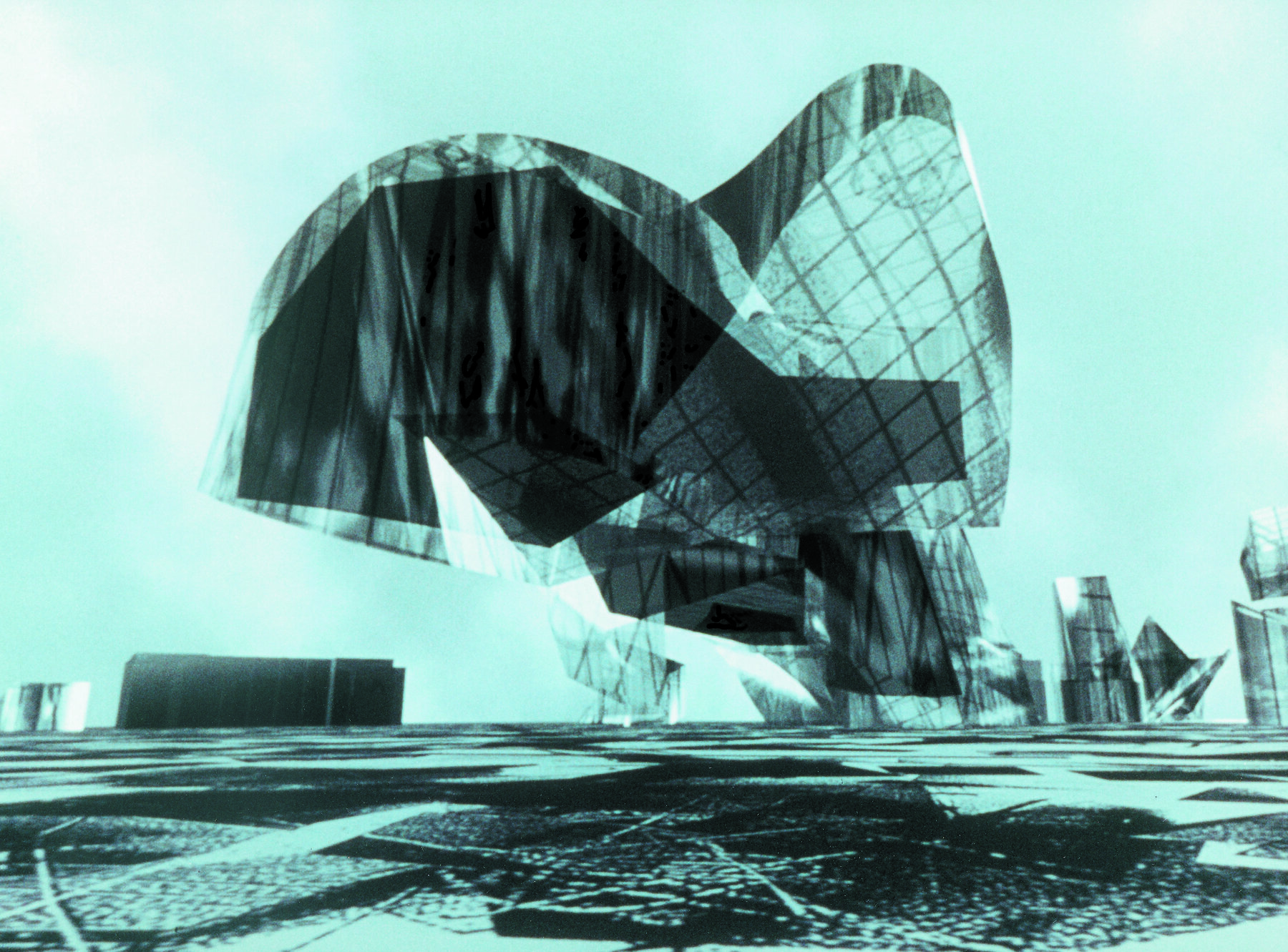
Competition « Place des Nations » for the United Nations in Geneva

Sketch by Wolf dPrix
Coop Himmelb(l)au
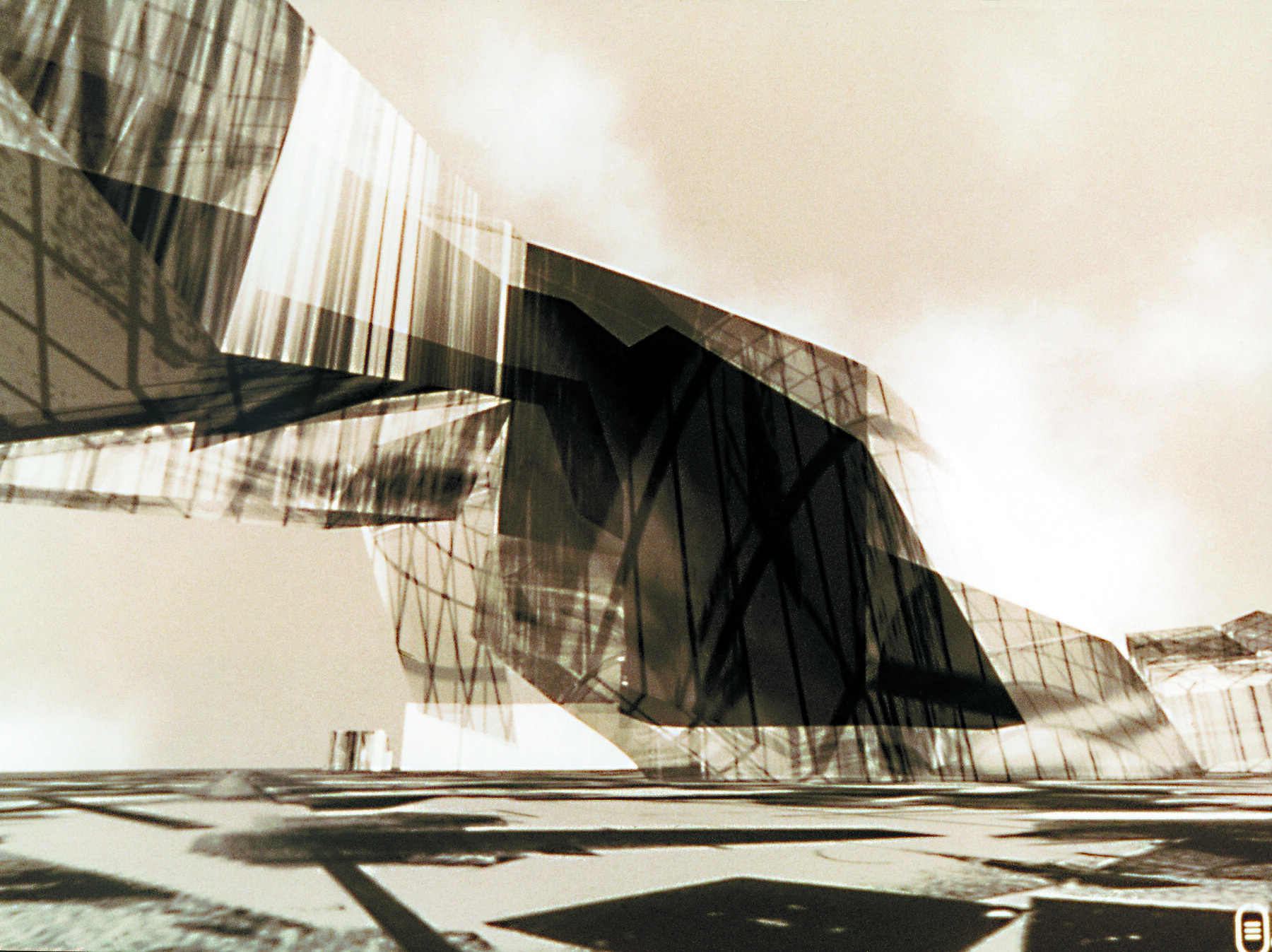
Project info
The formation of Coop Himmelblau in 1968 was based on the desire “to make architecture as buoyant and changeable as clouds”. The concept for ‘Cloud #9 comes from wanting to go back to the roots of Himmelb(l)au in order to go forward.
At the end of the 20th century, and especially in the context of a competition for the United Nations, the idea of the cloud is newly relevant. The increasingly fluid, fuzzy socio-political structure of the world exemplifies the paradigm change which is simultaneously reverberating on many levels, from genetics to quantum physics. This change can be described as a shift from viewing the world in terms of objects to viewing the world in terms of relationships, a sentiment echoed in the remark by Michel Foucault that “every form is actually a compound of forces”.
The cloud itself can be seen an idea without adequate concept; it is a differential system rather than an object. It eludes identity by being a product of the complex web of influences in which it finds itself, rather than of specific intention. In this way, the cloud as method threatens to erode the control of the architectural designer, thereby opening up new fields of spatial possibility.
Similar to the way the form of a cloud is sensitive to heat, wind, and air pressure, the design for the Place des Nations, Geneva is sensitive to the forces of site and program, to the power of the city. The space of the cloud is blown up at the intersection of urban planning parameters, height limits and circulation vectors. The result is a soft, fluctuating enigma– a building which doesn’t want to be a building.
The envelope of the cloud becomes a glass mesh construction which loosely defines a semi-public space. The permeability of this shell allows views of the movement of people through layers of light and colour. The space becomes a crossing point for diplomats, students, and tourists, as well as a gateway from the city of Geneva into the International Zone of the United Nations. Within this envelope, private office blocks, containing consulates and missions, are cantilevered from concrete elevator cores. The space between the shell and the blocks, used for balconies and ramps, percipitates passive energy gains and a cloud-like circulation of air.
Project insights
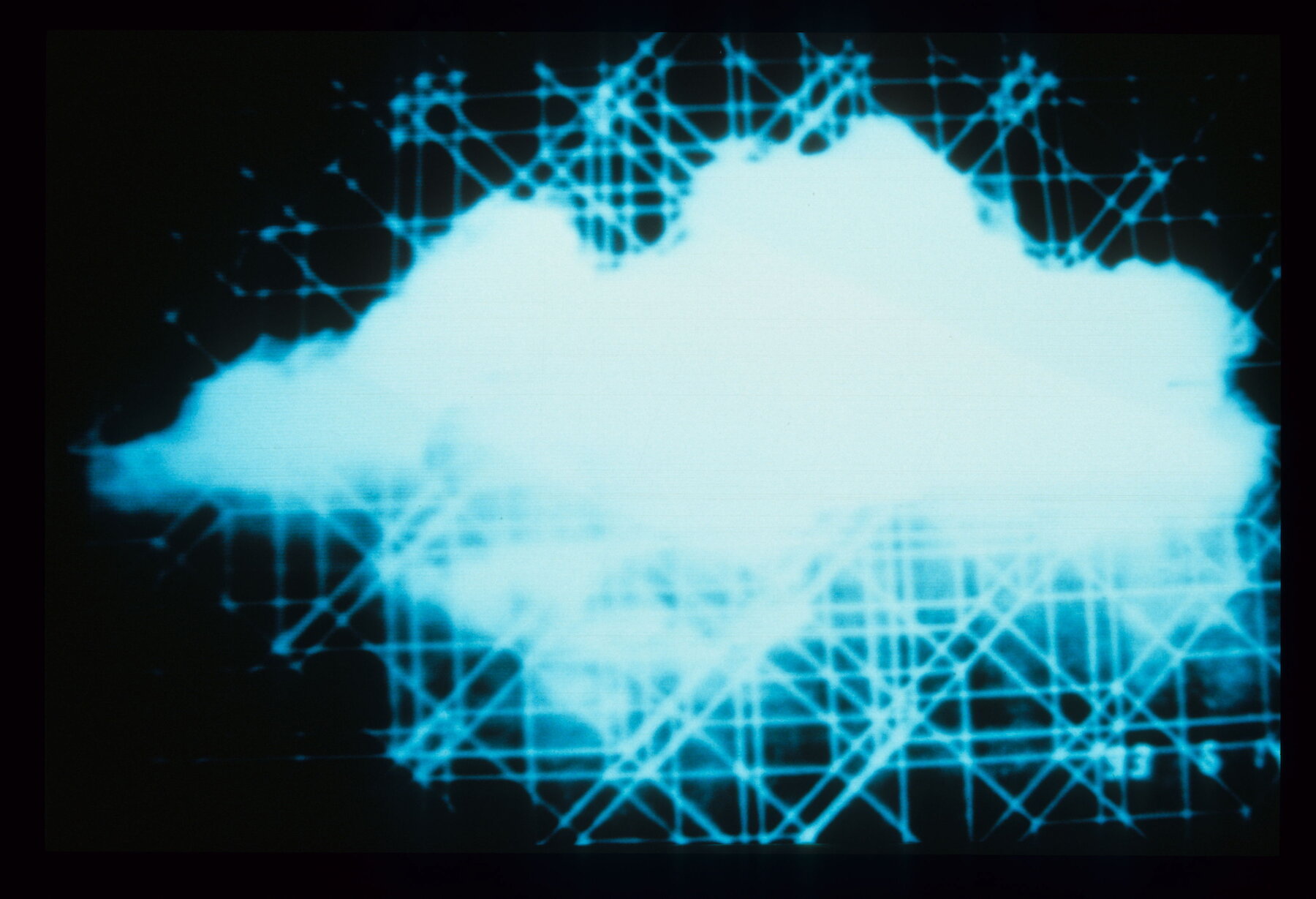

- Location
- Geneva, Switzerland
- Client
- Departement des Travaux Publics et de l´Energie, Geneva, Switzerland
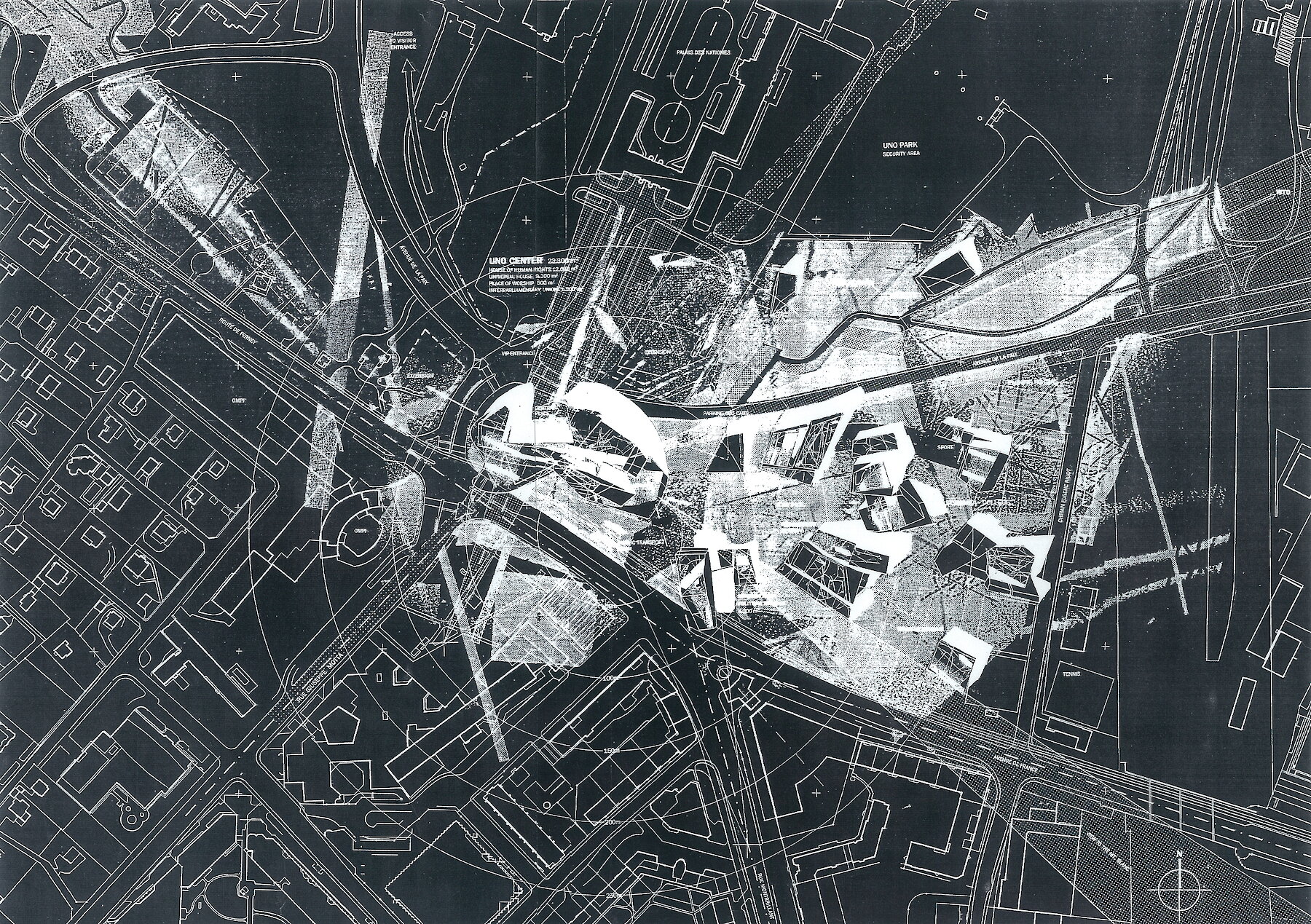


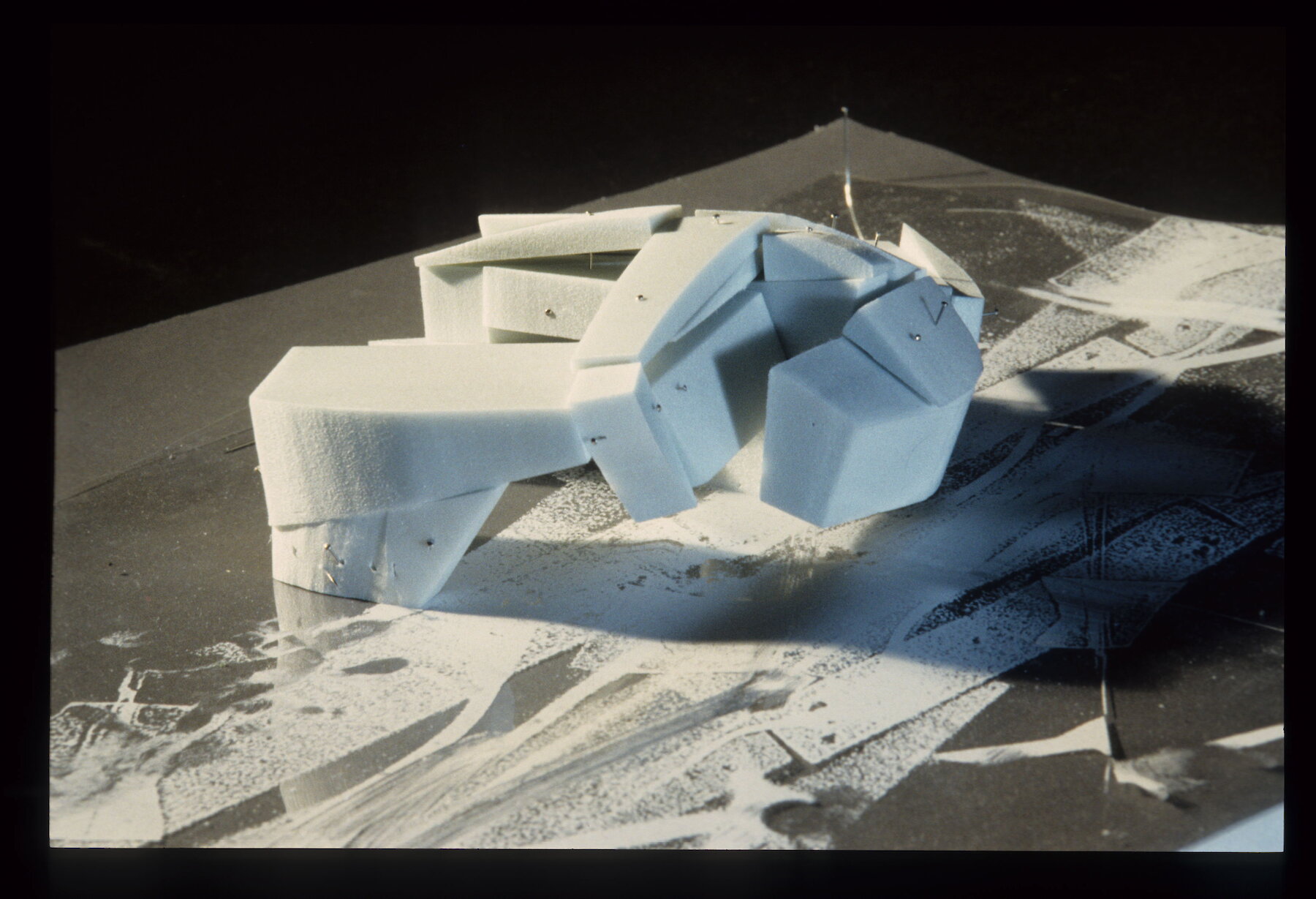
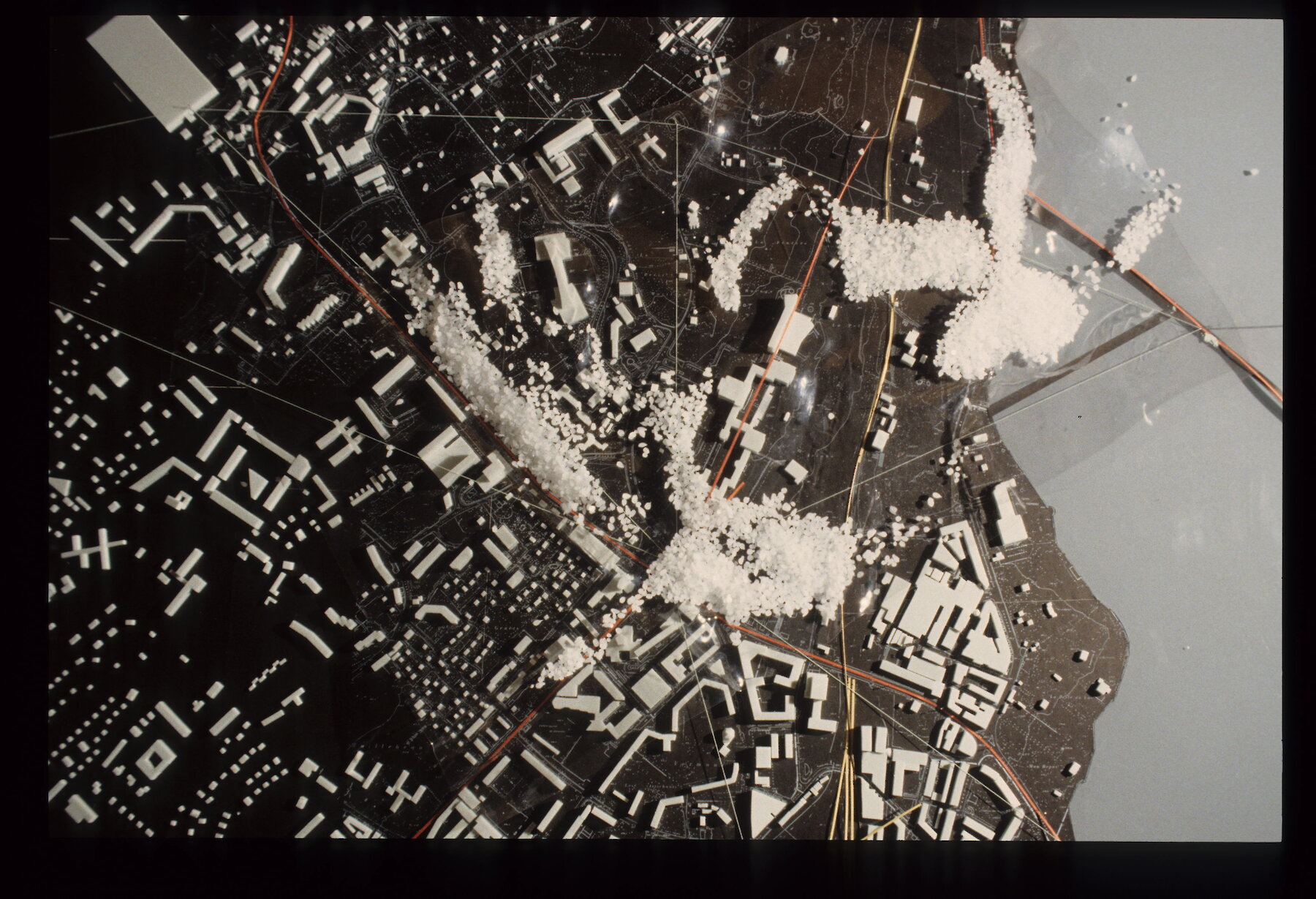
On the map
Related projects
Dalian International Conference Center
Dalian, China
2008–2012


UFA Cinema Center
Dresden, Germany
1993–1998
